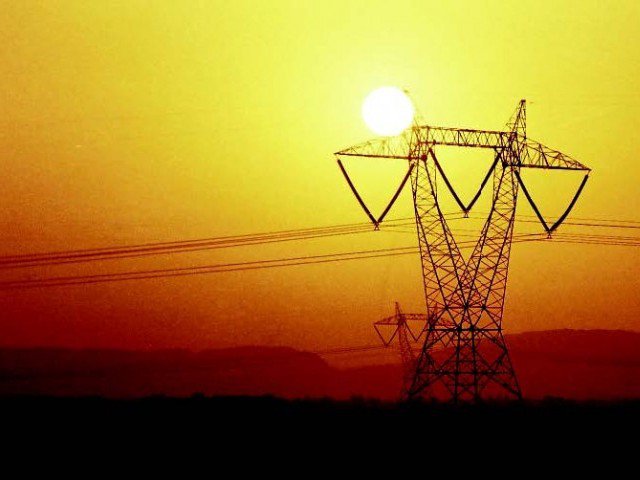
ISLAMABAD: The government has announced that it has managed to increase the installed capacity of power plants in the ongoing financial year, a claim that will not win accolades as actual power generation has gone down compared to previous year, leading to prolonged load-shedding across the country.
According to the Pakistan Economic Survey 2016-17 unveiled by Finance Minister Ishaq Dar on Thursday, the installed electricity generation capacity of Pakistan rose to 25,100 megawatts (MW) in July-March of financial year 2017 from 22,900MW in the corresponding period of previous year.
However, power production dropped and stood at 85,206 gigawatt-hour (GWh) during July-March FY17 compared to 101,970 GWh during July-March FY16, according to the survey.
Despite the higher installed capacity, power production in the current summer stood around 15,000 to 16,000MW, leaving a shortfall of 4,000 to 5,000MW. This caused prolonged power outages, extending up to 10 hours in rural regions.

In the consumption pattern of electricity, according to the survey, no significant change has been recorded. In July-March FY17, the share of household electricity consumption increased, indicating that economic growth encouraged general public to use advanced technology.
According to the survey, the government gave priority to the industrial sector, which got uninterrupted supply of electricity. However, the share of industry in overall electricity consumption fell slightly because of reliance by large industrial units on their own captive power plants, which were run on liquefied natural gas (LNG).
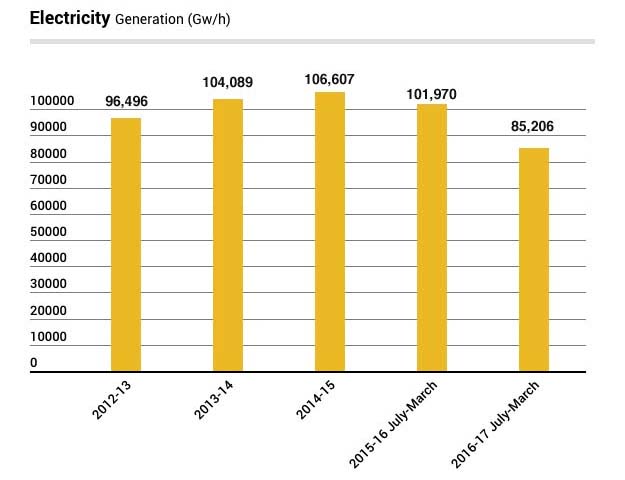
In a positive sign, the share of agriculture in overall electricity consumption widened, suggesting that farmers were getting electricity for farm mechanisation, which would have spillover effects on the economy as a whole, the Economic Survey revealed.
According to the breakdown, the share of households in electricity consumption widened from 46% to 50%, commercial consumers from 7% to 8% and agriculture sector from 9% to 10%. However, the industrial electricity consumption edged down from 27% to 26%. In the nine-month period under review, the power sector showed a significant improvement in the collection of consumer bills as recoveries from end-consumers touched 94.40% - the highest level in the past 10 years - whereas transmission and distribution losses dropped to 16.3%.
The government boasted in the survey that it had been able to cut down subsidies and significantly restrict the accumulation of new payables in the power sector by improving the performance of distribution companies, rationalising tariffs and reducing the delay in tariff determination.
Subsidies for the power sector stood at Rs464 billion, constituting 2.3% of Gross Domestic Product (GDP) in financial year 2012, which had been consistently brought down to Rs217 billion or 0.7% of GDP in FY16. In July-March FY17, the National Electric Power Regulatory Authority issued one power distribution licence and 23 generation licences with installed capacity of 6,296MW. Also, six generation licences were cancelled.
The Private Power and Infrastructure Board allowed 31 independent power producers with 9,071MW capacity to start work on their projects and attracted an investment of around $9.4 billion. Four solar projects with cumulative capacity of 400MW started functioning. Of these, three were completed in August 2016.
Published in The Express Tribune, May 26th, 2017.
Like Business on Facebook, follow @TribuneBiz on Twitter to stay informed and join in the conversation.


















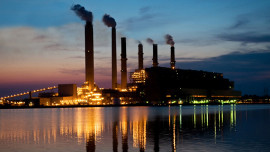
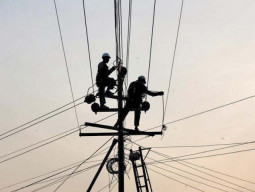
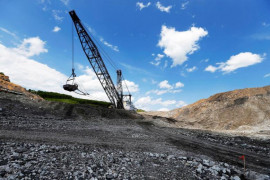



























COMMENTS
Comments are moderated and generally will be posted if they are on-topic and not abusive.
For more information, please see our Comments FAQ